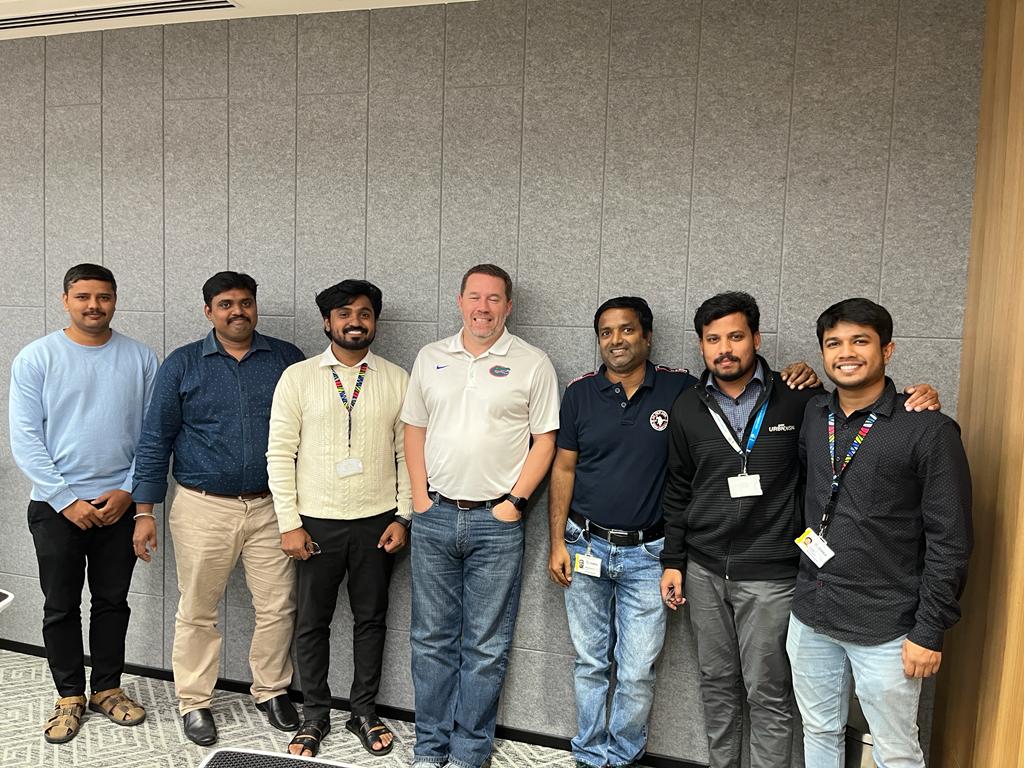
Installation guide
To use Deep Learning Filters, Library or Service with Aurora Vision Studio or Aurora Vision Library, a corresponding version of Aurora Vision Deep Learning must be installed (the best idea is to use the newest versions of both from our website). Before installation, please check your hardware configuration.
Aurora Vision Deep Learning Library and Filters
Aurora Vision Deep Learning provides Filters for usage in Aurora Vision Studio in 64-bit version. 32-bit version is not supported.
Aurora Vision Deep Learning Service
The Service is installed into Service subdirectory in main installation directory. After starting the Service, a new icon should be displayed in system tray.
Aurora Vision Deep Learning Examples
Examples are installed only if corresponding component has been selected during installation.
Aurora Vision Deep Learning Standalone Editor
Standalone Deep Learning comes in both runtime and professional version installers. It can be very useful to performing training on client site.
Logging
Deep Learning Service and Filters logs some information during execution to several files, located at %LocalAppData%/Aurora Vision/Aurora Vision Deep Learning 5.2 directory. Total disk space used by these files should not exceed several MB.
Introduction
Deep Learning is a breakthrough machine learning technique in computer vision. It learns from training images provided by the user and can automatically generate solutions for a wide range of image analysis applications.
Feature Detection (segmentation)
This technique is used to detect pixel-wise regions corresponding to defects or – in a general sense – to any image features. A feature here may be also something like the roads on a satellite image or an object part with a characteristic surface pattern.
Object Classification
This technique is used to identify the class of an object within an image or within a specified region.
Instance Segmentation
This technique is used to locate, segment and classify one or multiple objects within an image. The result of this technique are lists with elements describing detected objects – their bounding boxes, masks (segmented regions), class IDs, names and membership probabilities.
Point Location
This technique is used to precisely locate and classify key points, characteristic parts and small objects within an image. The result of this technique is a list of predicted point locations with corresponding class predictions and confidence scores.
Locating objects
This technique is used to locate and classify one or multiple objects within an image. The result of this technique is a list of rectangles bounding the predicted objects with corresponding class predictions and confidence scores.
Reading Characters
This technique is used to locate and recognize characters within an image. The result is a list of found characters.
Introduction
Deep Learning editors are dedicated graphical user interfaces for DeepModel objects (which represent training results). Each time a user opens such an editor, he is able to add or remove images, adjust parameters and perform new training.
Detecting anomalies 1 (reconstructive approach)
In this tool the user only needs to mark which images contain correct cases (good) or incorrect ones (bad).
Detecting anomalies 2 (classificational approach)
DL_DetectAnomalies2 is another filter which can be used for detecting anomalies. It is designed to solve the same problem, but in a different way. Instead of using image reconstruction techniques Anomaly Detection 2 performs one-class classification of each part of the input image.
Detecting features (segmentation)
In this tool the user has to define each feature class and then mark features on each image in the training set. This technique is used to find object defects like scratches or color changes, and for detecting image parts trained on a selected pattern.
Classifying objects
In this too, the user only has to label images with respect to a desired number of classes. Theoretically, the number of classes that a user can create is infinite, but please note that you are limited by the amount of data your GPU can process.
Segmenting instances
In this tool a user needs to draw regions (masks) corresponding to the objects in the scene and specify their classes. These images and masks are used to train a model which then in turn is used to locate, segment and classify objects in the input images.
Locating points
In this tool the user defines classes and marks key points in the image. This data is used to train a model which then is used to locate and classify key points in images.
Locating objects
In this tool a user needs to draw rectangles bounding the objects in the scene and specify their classes. These images and rectangles are used to train a model to locate and classify objects in the input images. This tool doesn't require from a user to mark the objects as precisely as it is required for segmenting instances.
C++ Project Configuration
Aurora Vision Deep Learning Library is designed to be used as a part of C++ projects developed with Microsoft Visual Studio in versions 2015-2019.
Overview
Whole API declaration is located in Api.h file (in AVLDL_PATH5_2\include) under avl::DeepLearning namespace. This namespace contains the following namespaces:
View latest updates here.






